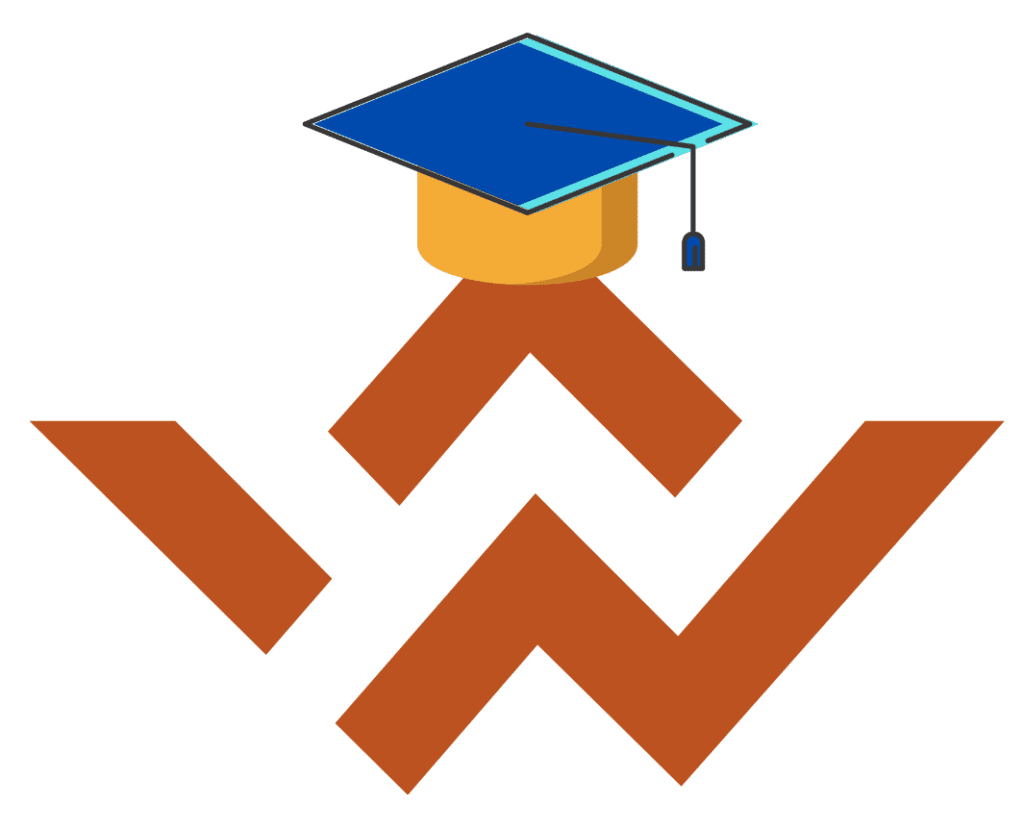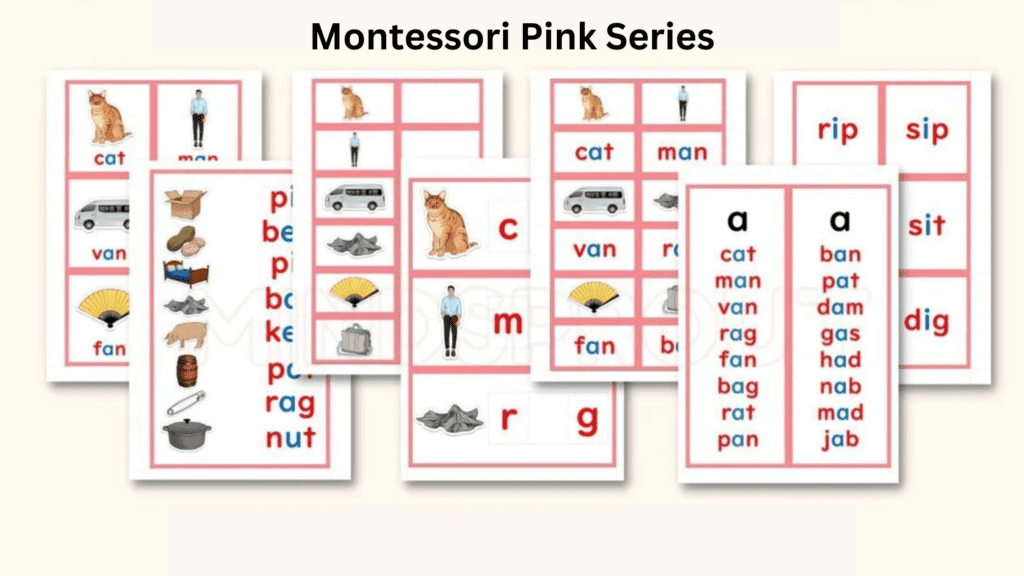
Montessori Pink Series
The Pink series is a part of the Montessori Language Curriculum. This is used to teach letter formation and its variation to primary-level (3-6 year old) children. The journey of reading begins with a single step. In Montessori classrooms, the language curriculum (sentence formation is divided into 3 parts: pink, green and blue series. To […]
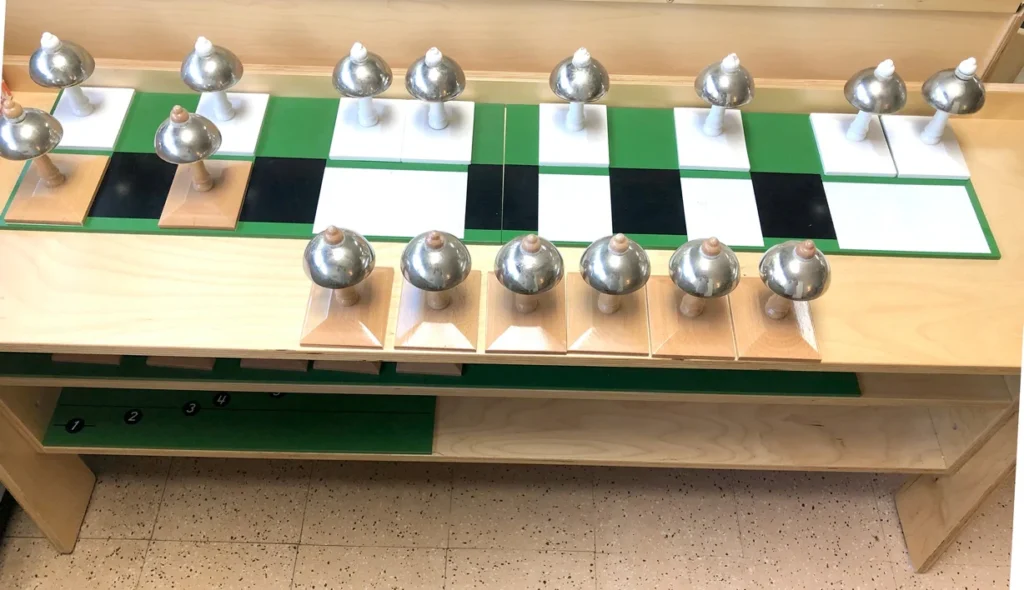
Montessori Bells – Montessori Sensorial Lesson
The Montessori bells, or ‘sound bells,’ are a sensorial lesson designed for primary-level (3-6-year-old) children. Montessori bells help them understand auditory discrimination and recognise different sounds. What are the Montessori Bells? The Montessori Sound Bells are a crucial element of the Montessori sensorial curriculum. These bells are meticulously designed to aid children in developing auditory […]
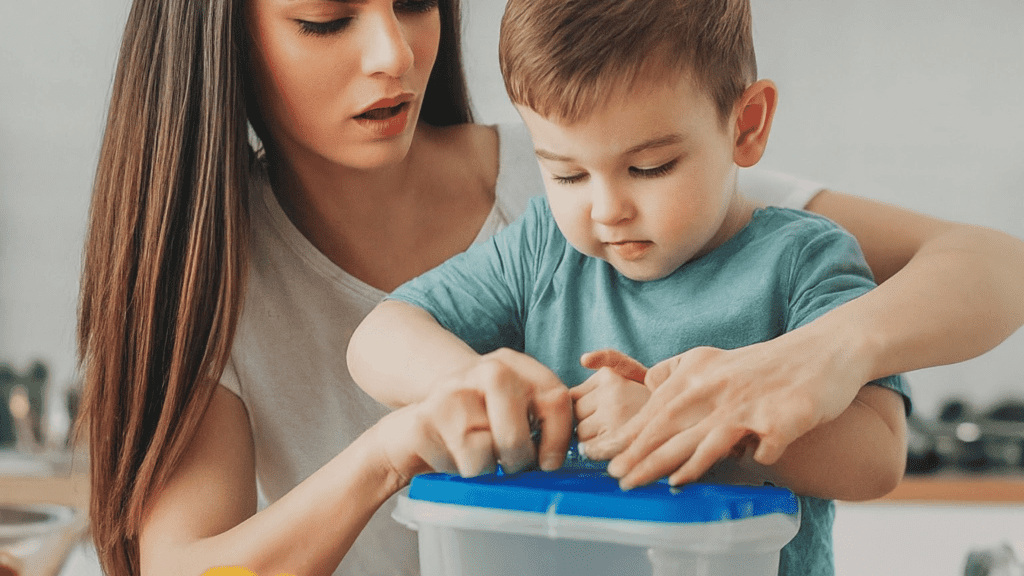
Open and Close containers
Montessori's "Open and Close Containers" uses everyday containers to develop fine motor skills, hand-eye coordination, and problem-solving in toddlers. Children explore various closures (twist tops, snaps) to open and close them independently, boosting concentration and confidence. This practical life activity strengthens core skills through self-directed play.
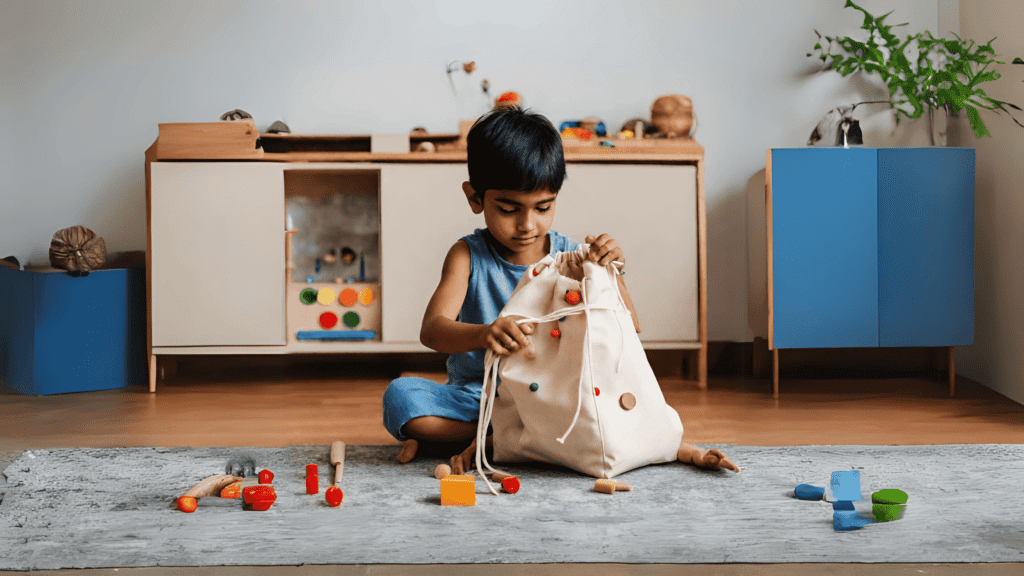
Stereognostic Bag
The sensory section of the Montessori Method includes the stereognostic bag exercise. This activity is intended for children ages 3 to 5. The Montessori Method includes “sensorial stimulation” as a major component of the curriculum. It is intended to give the children the essential stimuli to pique their curiosity. According to the Montessori Method of […]
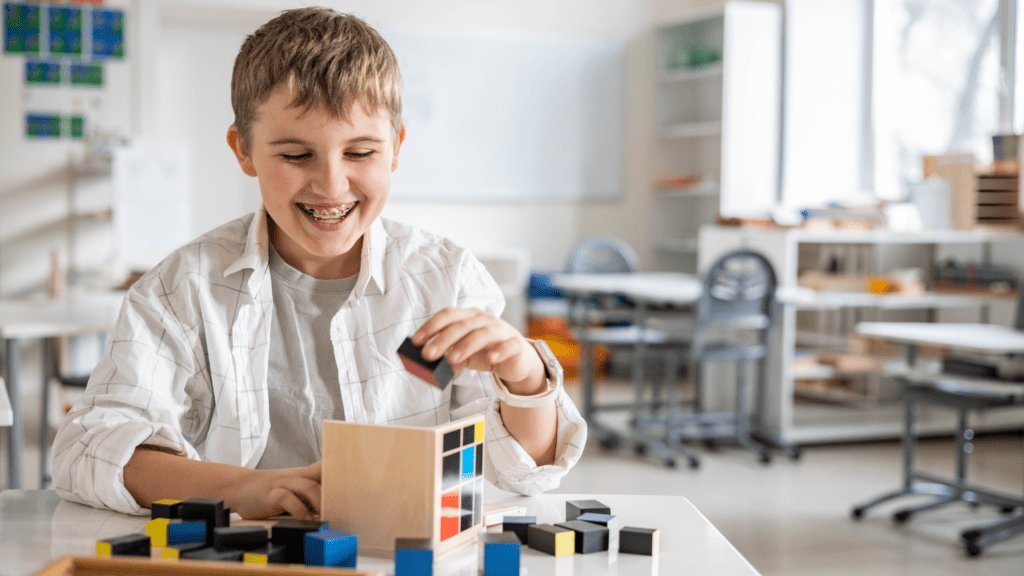
Montessori Trinomial Cube
Montessori Trinomial cube is another sensorial material in Montessori education that could help a child learn allergic expressions without much hassle. It is introduced to the child after they get familiar with the Montessori Binomial Cube. What is a Montessori Trinomial Cube? A Trinomial cube consists of 27 wooden blocks in varying colours and sizes […]
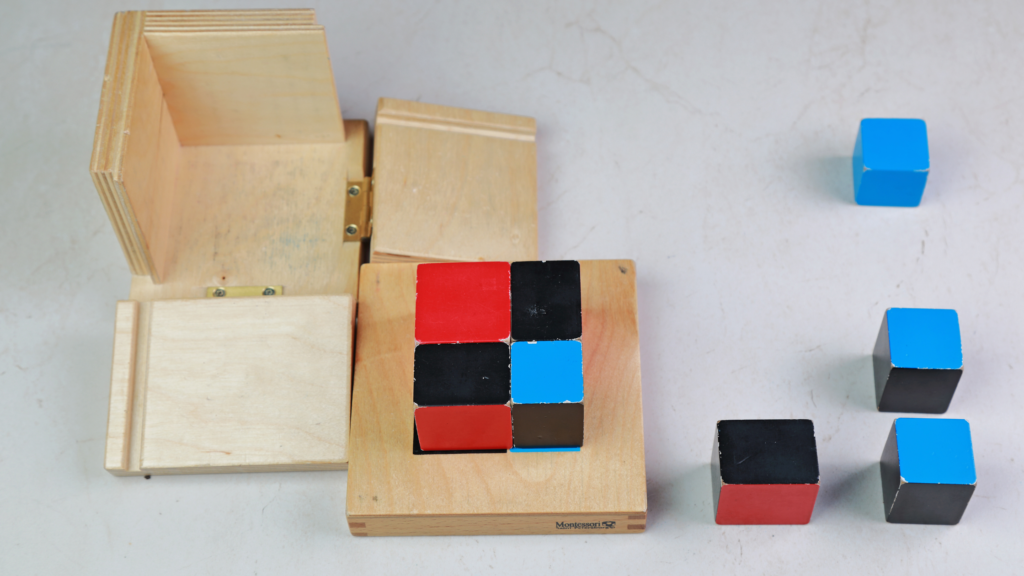
Montessori Binomial Cube
Do you wonder if a 4-year old child can learn some algebraic expressions? Yes, they can. Montessori binomial and trinomial cubes are two such sensorial materials in Montessori education that could help a child learn allergic expressions without much hassle. The Montessori Binomial Cube is an iconic educational tool designed by Dr. Maria Montessori to […]
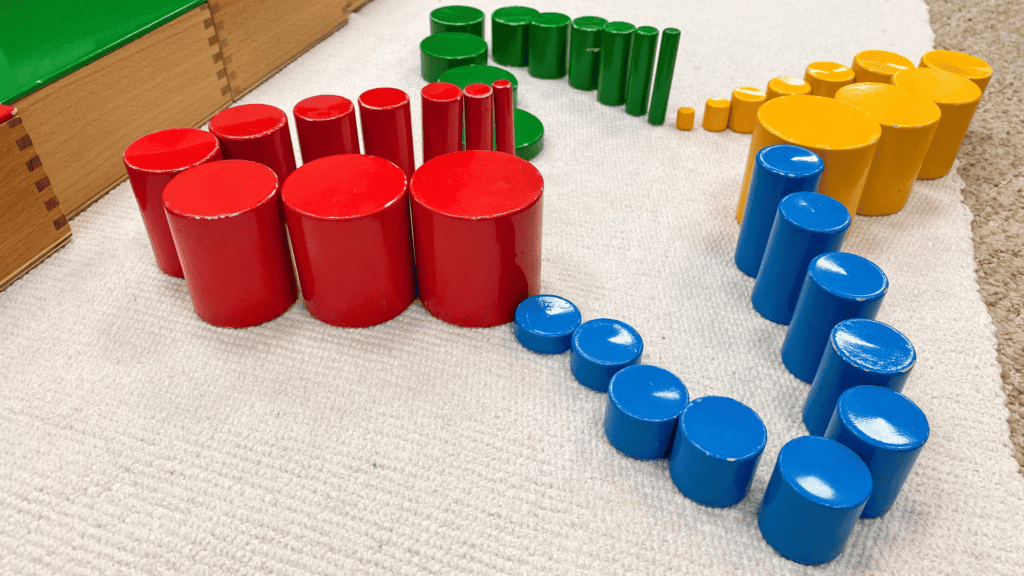
Knobless Cylinders
Knobless cylinders are a part of Montessori sensorial curriculum to help them learn the visual differences. It is introduced to the children aged 3-6 years old i.e. at the primary level. In this lesson, we will learn more about knobless cylinders, how they are introduced to the child and help them distinguish between objects and […]
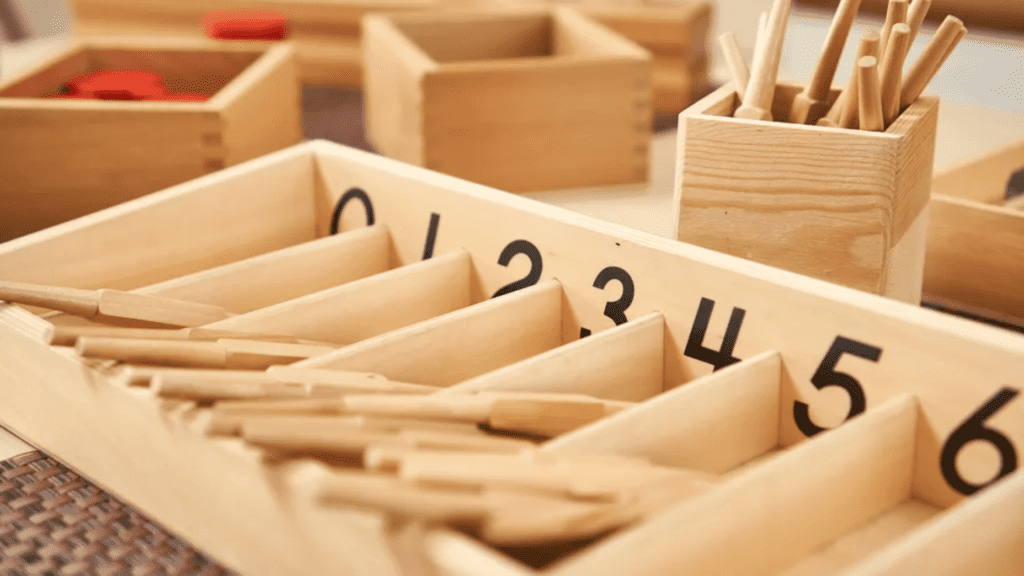
Montessori Spindle Box
Spindle box are one of the best Montessori sensorial lessons to teach children the concept of counting and zero.
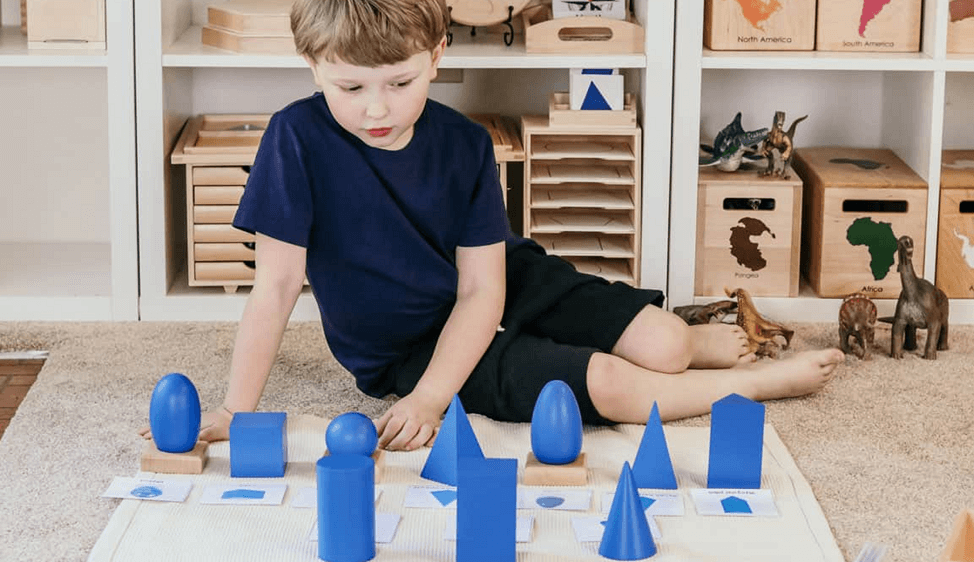
Geometric Solids
This Sensorial lesson is designed for 3-6 year old children to help them learn about different shapes using Montessori Geometric Solids. It is one of the versatile Montessori activity which can be clubbed with more complex activities. Let’s learn more about it. What are Geometric Soilds? In Montessori education, geometric solids are three-dimensional objects that […]
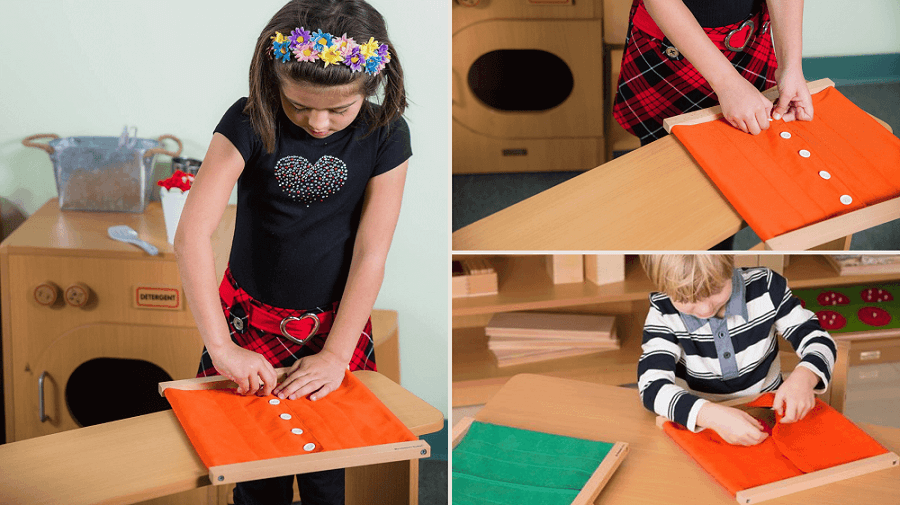
Montessori Dressing Frames
This Montessori practical life lesson is designed for 1-3 year old children to help them refine their fine motor skills using dressing frames. As we have discussed in our blogs that Montessori education is renowned for its child-centered approach across the globe, which focuses on fostering independence and self-directed learning. Montessori dressing frames are a […]
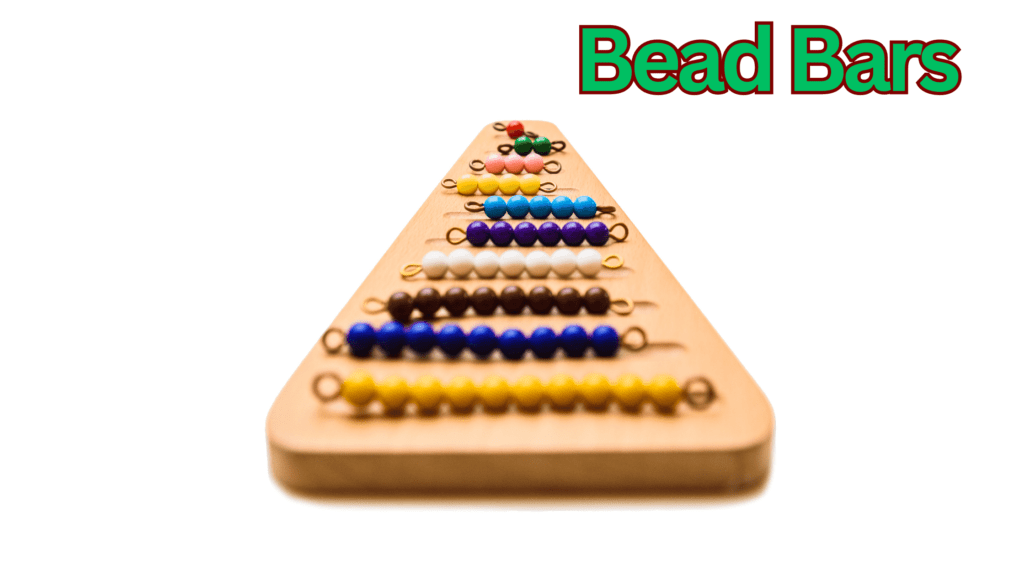
Montessori Bead Bars
This math lesson is designed for 3-6 year old children to help them learn how to count using Montessori bead bars. Bead bars are a valuable educational resource in Montessori schools that aid children in understanding fundamental mathematical concepts through hands-on exploration. But what are they and how it benefits the children? Let us understand […]
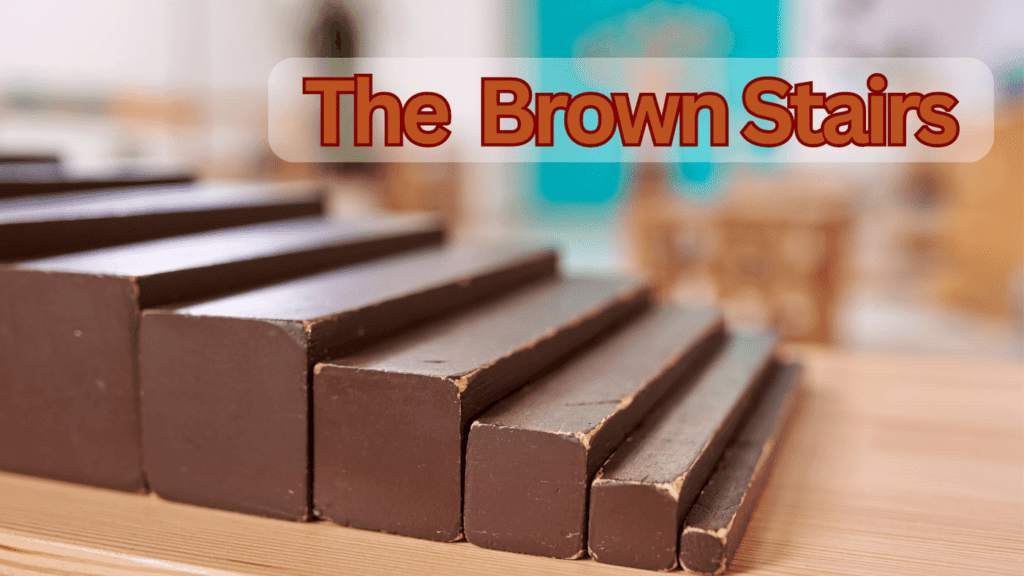
Montessori Brown Stairs (Broad Stairs)
The Montessori Brown Stairs are a sensorial material used in Montessori classrooms for children ages 3-6. They are made of ten wooden blocks that increase in size. The Brown Stairs help children develop visual discrimination, hand-eye coordination, and depth perception. They also lay a foundation for math concepts.
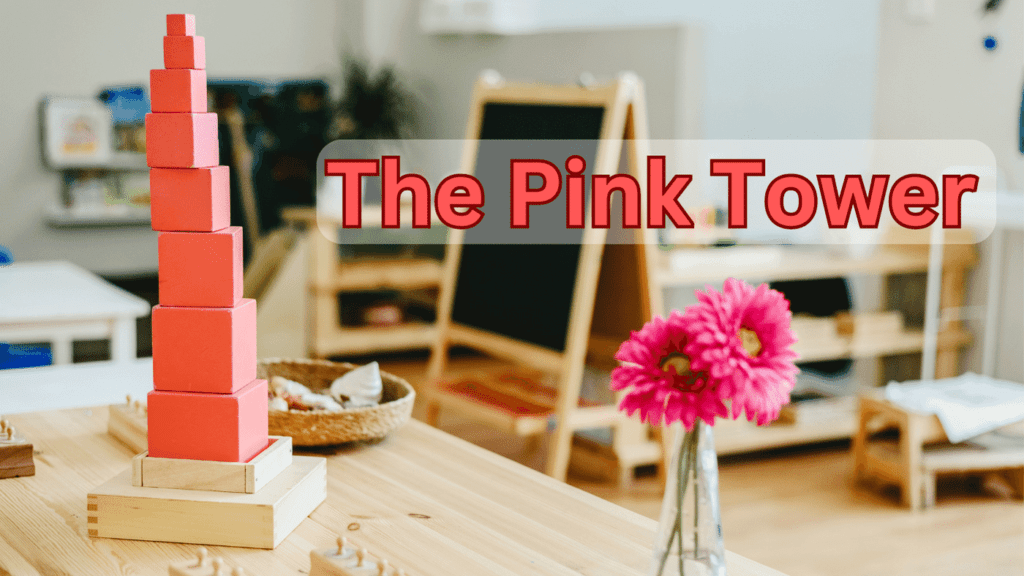
Pink Tower
The Montessori pink tower is a sensorial lesson designed for primary-level (3-6-year-old) children. The pink tower helps them to understand the concept of order. “I found that a sense of order was necessary in life, and this sense of order was awakened in the child through the right kind of discipline, which it had been […]
